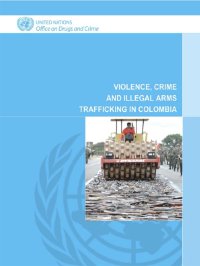By John P. Sullivan
Crime wars and criminal Insurgencies challenge states as they emerge at the intersection of crime and war. In many nations these conflicts involve protracted gang and drug wars. These situations of insecurity range in the level of intensity and complexity. At times the lower levels of violence result in local consequences: violence and insecurity. In others the criminal organizations challenge the state and establish alternative of parallel power structures. This short paper will discuss these issues by briefly summarizing the situation in Mexico and Colombia. This summary will then identify the need for further research and development of legal and policy approaches in these states, as well as others facing similar challenges such as Brazil and Central America.
REVISTA DO MINISTÉRIO PÚBLICO MILITAR, 2021.








